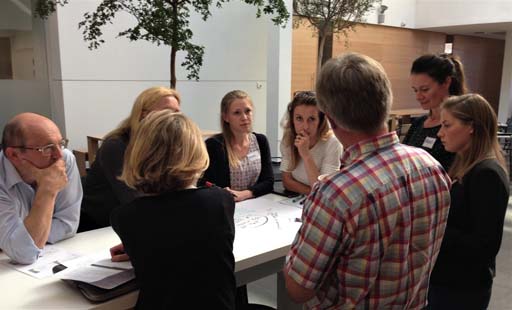Summary of Session 4
In this session I have explained how we have drawn upon the ideas of design thinking and of systems thinking within AgriLink.
In particular, we have used a five-step model of design thinking and systems diagrams as tools or techniques to address the specific agricultural advisory services that investigated in each of our six Living Labs.
But we also used these tools or techniques in ways that respected the underlying philosophy of these ways of thinking.

References for Session 4
Bootcamp Bootleg D.School. (2010) Modes of design thinking. D.School, University of Stanford. Available at: https://dschool.stanford.edu/ s/ METHODCARDS-v3-slim.pdf [Tip: hold Ctrl and click a link to open it in a new tab. (Hide tip)] (Accessed 9 February 2021).
Dam, R.F. and Siang, T.Y. (2020) ‘5 Stages in the Design Thinking Process’, Interaction Design. Available at: https://www.interaction-design.org/ literature/ article/ 5-stages-in-the-design-thinking-process (Accessed 9 February 2021).
Lessig, L. (1999) Code and Other Laws in Cyberspace, Basic Books.
Simon, H.A. (1969) The Sciences of the Artificial. 1st Edition, MIT Press, Cambridge, Massachusetts.
Using systems diagrams
